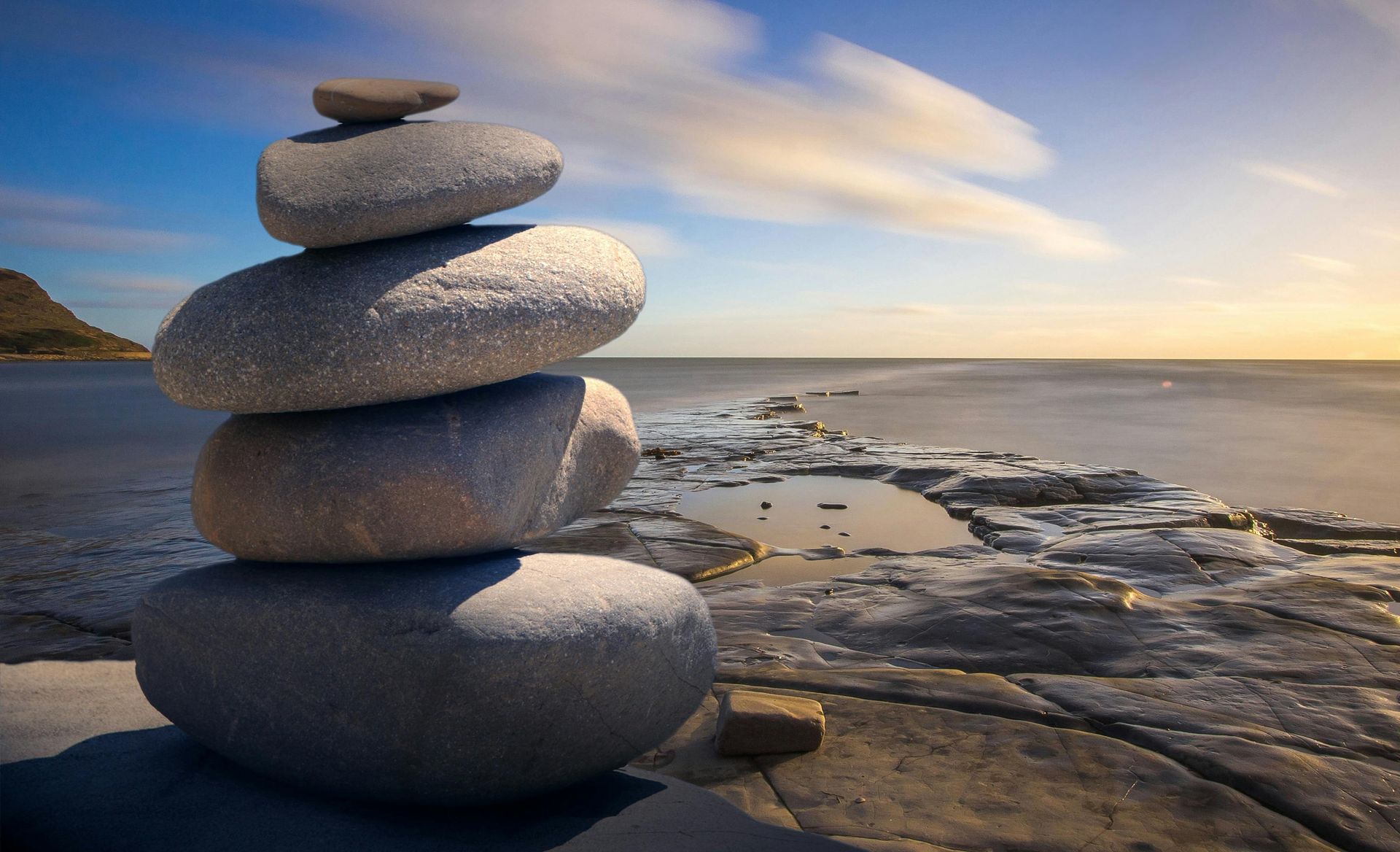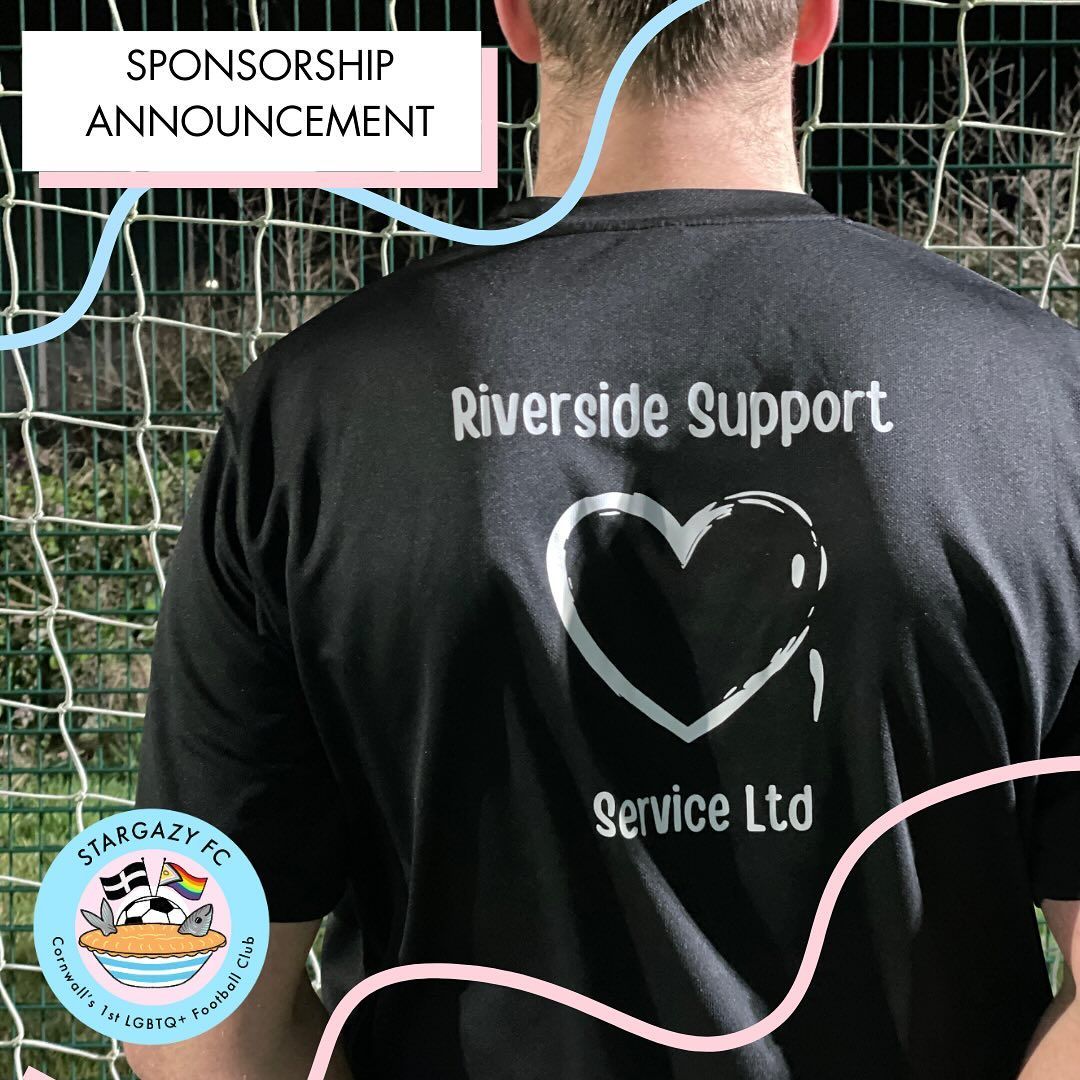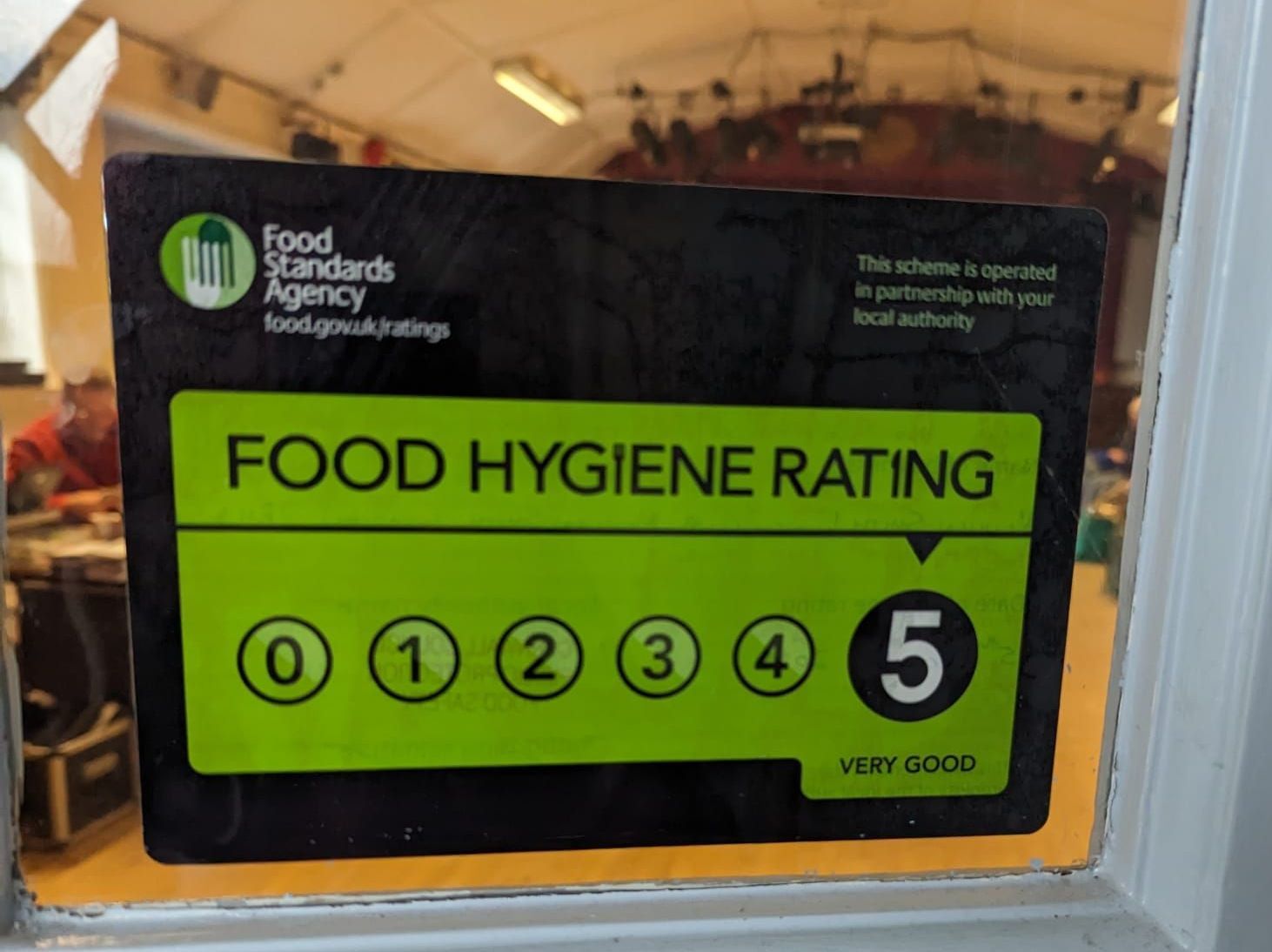Mindfulness: A Guide to Being Present
Please note: This guide mentions anxiety, trauma, and depression, which some people may find triggering.

Mindfulness is the practice of paying attention to the present moment — to what you’re thinking, feeling, and experiencing — without judgement. It’s about noticing rather than reacting.
Instead of worrying about the future or replaying the past, mindfulness helps bring focus to what is happening right now. This can give you space to respond more calmly and thoughtfully, rather than being swept up in automatic thoughts or emotions.
Mindfulness can involve:
- Breathing exercises — focusing on your breath to anchor yourself.
- Meditation — sitting quietly and observing your thoughts without clinging to them.
- Yoga or gentle movement — connecting body and mind through slow, purposeful actions.
- Awareness in daily life — simply noticing sounds, textures, or sensations in your everyday routine.
💚 Why practise mindfulness?
Mindfulness has been widely researched and is shown to have many benefits for both mental and physical health. Practising regularly can help you:
- Understand and process your emotions more effectively
- Cope with difficult or negative thoughts
- Reduce stress and feel calmer
- Improve concentration, focus, and memory
- Strengthen relationships by improving how you listen and respond to others
- Build resilience when facing challenges
Evidence shows:
- Mindfulness can reduce symptoms of anxiety and depression.
- It can help prevent relapse for people who have experienced repeated episodes of depression.
- It can support people living with chronic pain, by changing the way the brain processes discomfort.
👥 Who can practise mindfulness?
Mindfulness is accessible to most people, regardless of age, background, or belief system. Although it has roots in Buddhism, you don’t have to be spiritual or religious to benefit from it — it’s a skill anyone can learn.
However, mindfulness is not always suitable for everyone.
If you are feeling very unwell or overwhelmed, starting a new practice may feel too difficult.
People with post-traumatic stress disorder (PTSD) may find mindfulness triggering, as paying close attention to thoughts and bodily sensations can bring up flashbacks or distressing emotions.
👉 If you’ve experienced trauma or aren’t sure whether mindfulness is right for you, it’s best to speak with your GP or a trained mindfulness practitioner before beginning. A good teacher will adapt exercises to meet your needs.
🧘 How can I practise mindfulness?
1. Formal Courses
Structured programmes can provide guidance and support:
Mindfulness-Based Cognitive Therapy (MBCT): Combines mindfulness with cognitive behavioural therapy (CBT) to help break negative thinking cycles. Recommended by NICE for people with recurrent depression.
Mindfulness-Based Stress Reduction (MBSR): Includes meditation and yoga to reduce stress, anxiety, depression, and pain.
These courses are usually group-based, run over eight weeks, and led by trained practitioners. Availability varies across the UK — ask your GP, check local NHS services, or explore private options through the British Association of Mindfulness-Based Approaches.
2. Self-Guided Resources
If you prefer to explore at your own pace, there are many resources available:
Oxford Mindfulness Centre — offers free guided audio practices and resources.
Books & Apps — titles like Mindfulness: A Practical Guide to Finding Peace in a Frantic World (by Mark Williams & Danny Penman) or apps like Headspace and Calm.
3. Everyday Mindfulness
Mindfulness doesn’t always need to be formal. You can weave it into daily routines:
Notice small details: the taste and texture of food, the sound of birdsong, or the feeling of your feet against the floor.
Use transitions: during your commute, brushing your teeth, or walking the dog, try to focus only on what you’re doing in that moment.
Change things up: take a new route home, sit in a different seat, or eat with your non-dominant hand — this helps you notice details you usually overlook.
Pause and breathe: take a few minutes to sit quietly and focus on your breath. Let your thoughts drift past like clouds without grabbing hold of them.
Mindfulness isn’t about sitting in silence for hours — it’s about paying attention to the present moment. You can practise it in lots of different ways, both formally (with meditation or guided practice) and informally (during daily routines).
Here are some simple, practical examples:
🌬️ Breathing Exercises
5-4-3-2-1 breathing: Inhale for 5 counts, hold for 4, exhale for 3, pause for 2, and repeat once.
Box breathing: Inhale for 4, hold for 4, exhale for 4, hold for 4. Repeat 3–4 times.
Focus on the rise and fall of your chest or the feeling of air moving through your nose.
👉 Example: Try this when you feel anxious before a meeting or appointment.
☕ Mindful Moments in Daily Life
When drinking your tea or coffee, notice the warmth, taste, and smell instead of rushing.
On a walk, focus on your steps, the air, and the sounds around you.
While washing dishes, pay attention to the water, the smell of soap, and the motion of your hands.
👉 Example: Turn one daily chore (like making the bed or preparing food) into a mindful activity by slowing down and noticing every step.
📓 Journaling and Reflection
Write down three things you noticed about your day (a colour, a sound, a moment of kindness).
Try gratitude journaling: list 3 things you’re thankful for each evening.
Use prompts like “One thing I felt today was…” or “I noticed…” to practise awareness.
🧍 Movement and Body Awareness
Yoga or stretching: focus on the way your body feels with each movement.
Walking meditation: walk slowly, noticing how your feet lift, move, and touch the ground.
Body scan: lie down, close your eyes, and bring awareness to each part of your body from head to toe.
👉 Example: Before bed, do a 5-minute body scan to release tension and calm your mind.
🎧 Using Your Senses
Engage your senses fully to anchor yourself in the present moment:
Look: Find five things around you you’ve never noticed before.
Listen: Pay attention to background sounds — birds, cars, wind.
Touch: Feel the texture of clothing, furniture, or objects near you.
Taste: Take a small bite of food and notice every flavour and texture.
Smell: Notice scents around you — fresh air, soap, flowers, even coffee brewing.
👉 Example: If you’re overwhelmed, ground yourself by naming one thing you can see, hear, feel, smell, and taste.
🌱 Other Self-Help Ideas Alongside Mindfulness
Mindfulness works well with other wellbeing activities. Encourage yourself (or clients) to:
Stay active: gentle exercise like walking, swimming, or stretching helps release stress.
Connect with others: talking with a trusted friend, family member, or support worker.
Rest well: try creating a calming bedtime routine and avoid screens before sleep.
Eat mindfully: slow down meals, chew thoroughly, and enjoy the flavours.
Practice kindness: do one small act of kindness daily — even a smile or compliment.
✨ Tip: You don’t need to do everything at once. Start with just one or two techniques for a few minutes each day. Over time, it becomes easier and more natural.
🌱 Getting Started
Mindfulness is like any skill — the more you practise, the easier it becomes. Start small, with just a few minutes each day, and build up gradually. Be patient with yourself — it’s normal for your mind to wander. The goal isn’t to stop thinking, but to notice when your thoughts drift and gently bring your focus back.



